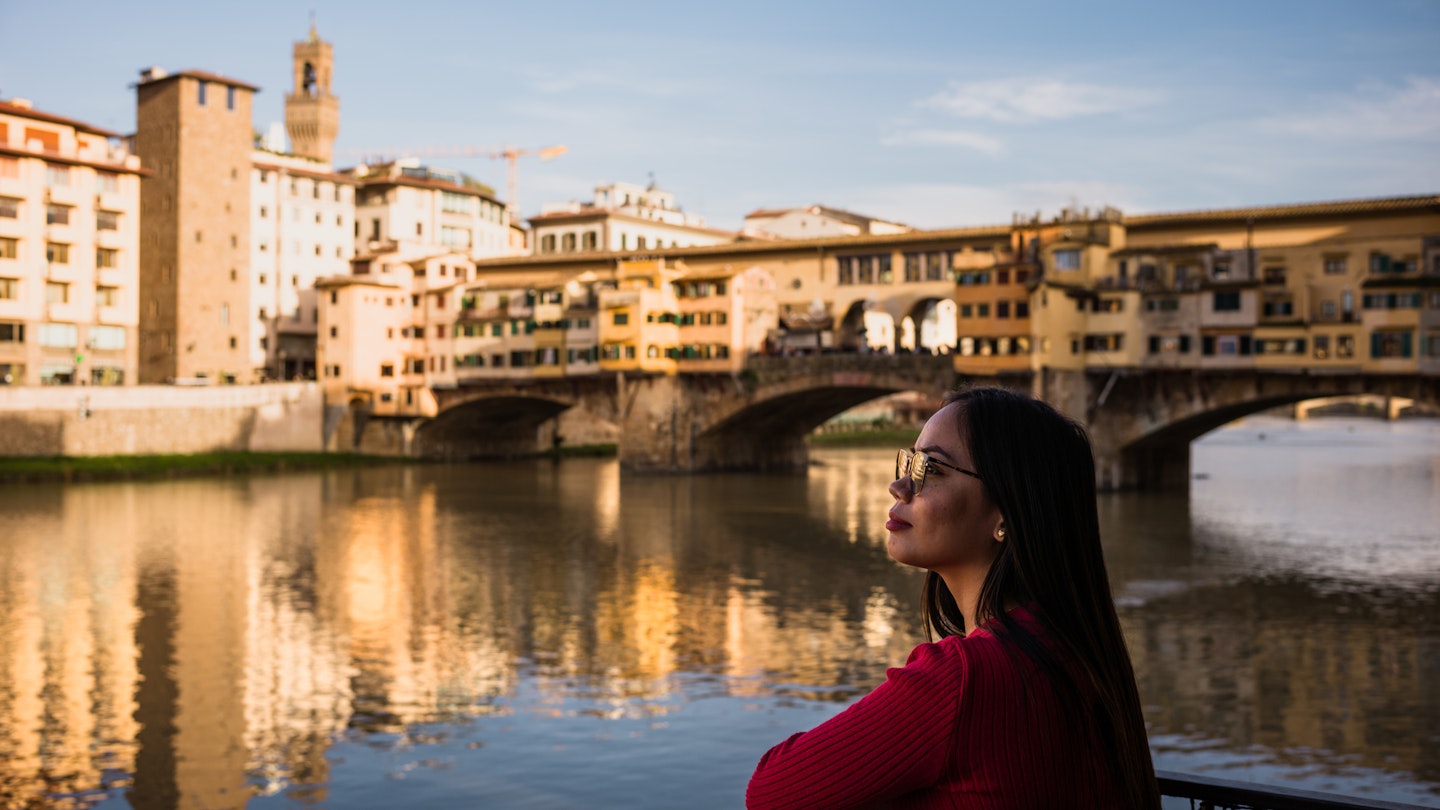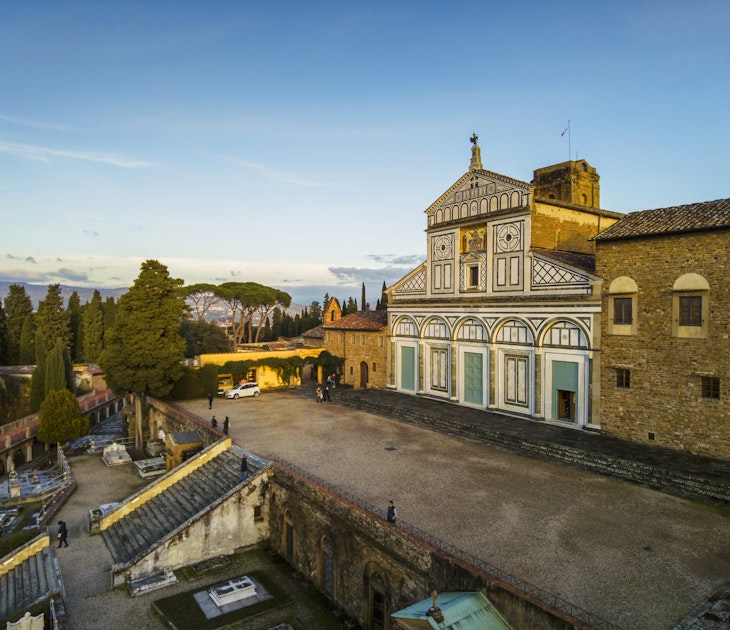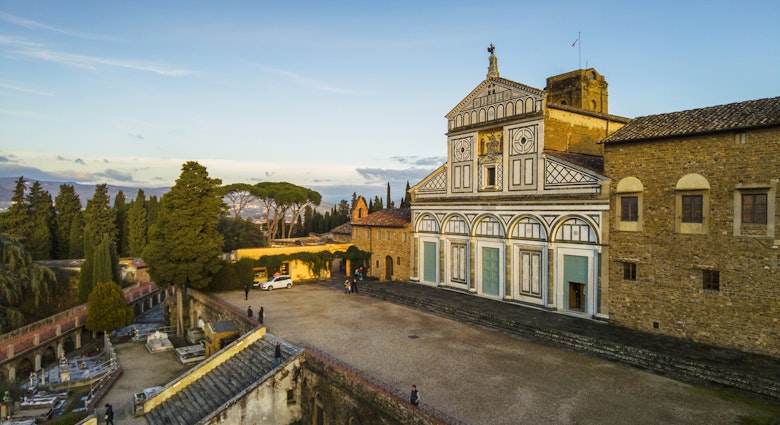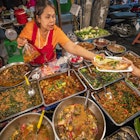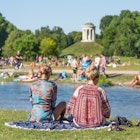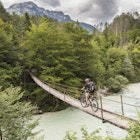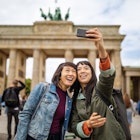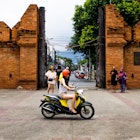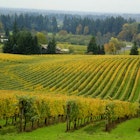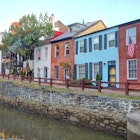Many of Florence’s most iconic sights are iconic precisely because they haven't changed in hundreds of years.
But while the allure of medieval and Renaissance art may be timeless, your experience in the city will change depending on when you visit. While there is no shortage of things to see and do throughout the year, each season offers the chance to see the Tuscan capital from a different perspective. No matter what your motivation – perhaps avoiding crowds to enjoying outdoor dining – you’ll find plenty of reasons to come back to Florence season after season.
Here is a round-up of what you can expect during spring, summer, autumn and winter.
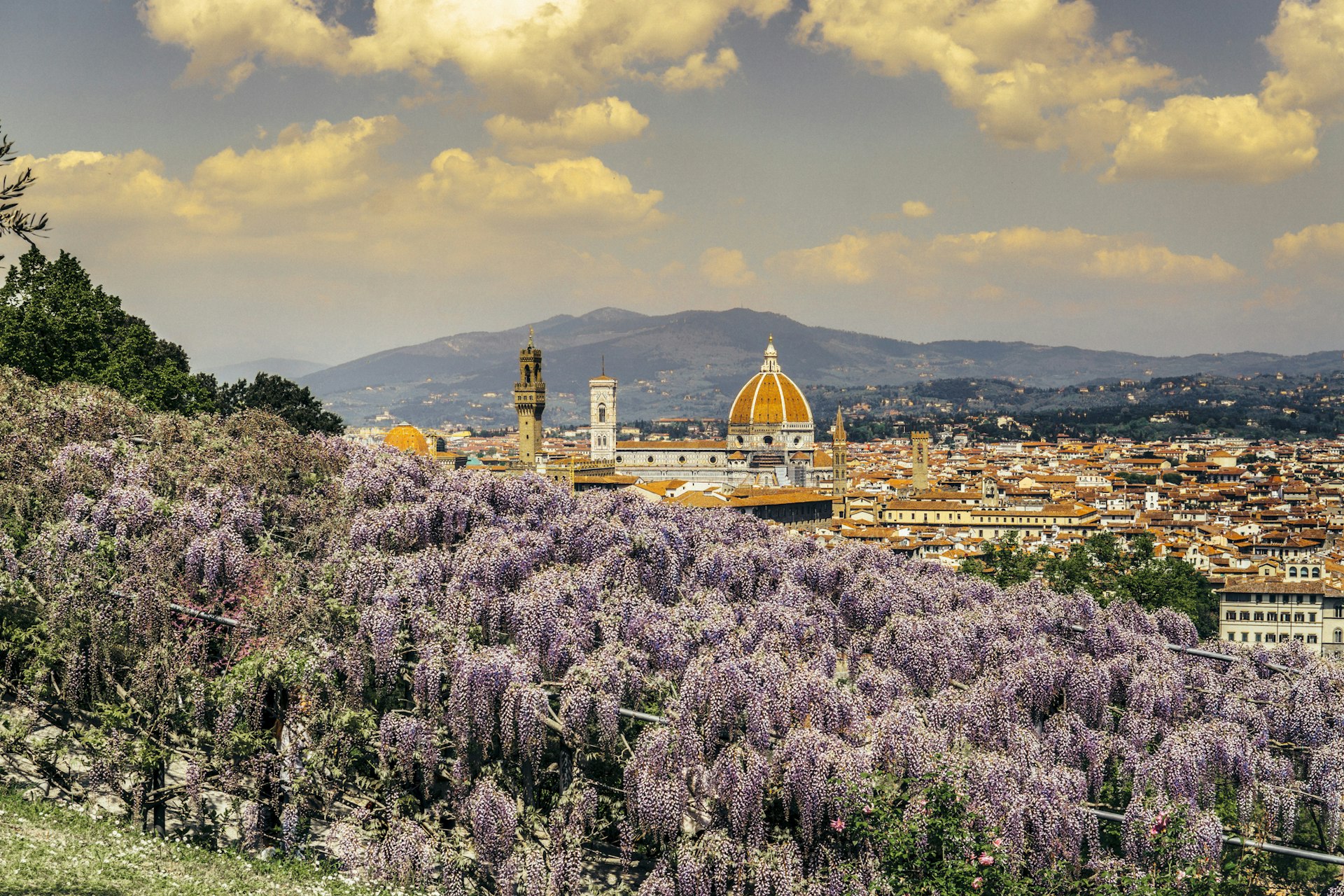
The city blossoms between March and May
There are many good reasons why spring is often described as the best season to visit Florence. The weather improves and days get longer following the typically gloomy winter, pushing people outside to enjoy the sunshine. The tables of restaurants and cafes are once again scattered on sidewalks and piazzas and the city’s gardens invite long strolls amid the blossoming flora.
This is the ideal time to explore the hilly neighborhoods of the Oltrarno on foot. In mid-April, for about 10 days, the wisteria covering the passageway that runs through Villa Bardini’s garden turns pink and purple, creating a unique, natural frame for one of the most captivating city views.
The Giardino dell’Iris, found steps away from Piazzale Michelangelo, opens for about a month as the iris flower – one of Florence’s symbols – shows its true colors in April. Likewise in the nearby Giardino delle Rose, red roses open up, dotting the grounds that host the sculptures of the Belgian artist Jean-Michel Folon.
On Easter day the Scoppio del Carro ceremony takes place in Piazza del Duomo. In the morning, a 500-year-old cart filled with fireworks is brought in front of Florence’s Santa Maria del Fiore Cathedral and ignited by the cardinal to wish the city a plentiful spring season.
Spring is also a good time for classical music lovers. Between April and June, the Maggio Musicale Fiorentino festival takes place in the city’s Opera Theater, tributing an ancient celebration held in the city during the Middle Ages at the beginning of harvest season.
Ready to plan your trip? Here are the top things to know before going to Florence

Go in June for festivals, before locals flock to the coast in July and August
The high season opens with one of the most awaited events of the year in the city. The Calcio Storico tournament, where Florence’s historic neighborhoods compete in a brutal game that blends elements of soccer, rugby and boxing, is held in Piazza Santa Croce in June. The square – one of the largest in Florence – is turned into a sand arena where 4000 spectators gather during three consecutive weekends to support their district as they clash with their opposers.
Folklore isn’t all Florence has to offer in June. The Visarno Arena, on the outskirts of the city center in the Cascine Park hosts Firenze Rocks, one of Italy’s largest rock music festivals for a week in June, bringing artists of the caliber of Metallica, Green Day and Red Hot Chilli Peppers to Tuscany.
Prices rise together with temperatures at this time of the year. On the hotter days of July and August the city can turn into a furnace, making evenings the only time to enjoy the city’s many squares. August is also the peak holiday season in Italy. The majority of locals will take their yearly work leave around the holiday of Ferragosto (August 15), moving en masse to the coast to cool down in Mediterranean waters.
Part sport, part historic reenactment – learn more about calcio storico with our guide
September, October and November are full of flavor
As tanned residents return to the city and kids go back to school, Florence’s second shoulder season begins. Like spring, this is a great time to visit: prices decrease and the queues in front of museums get shorter.
Autumn is an especially important season in Tuscany, as many of its most highly prized food products reach the table at this time of the year. Chianti wineries are busy with harvest in the final weeks of summer together with olive oil producers in the farms that surround the city. White truffles from San Miniato appear on the menus of high-end restaurants, followed by chestnuts and porcini mushrooms.
Besides trattoria hopping, it’s worth taking a stroll through Florence’s lively markets – in Sant’Ambrogio, San Lorenzo, Santo Spirito or the Cascine Park (on Tuesdays) – to stock up on seasonal products to take home with you.
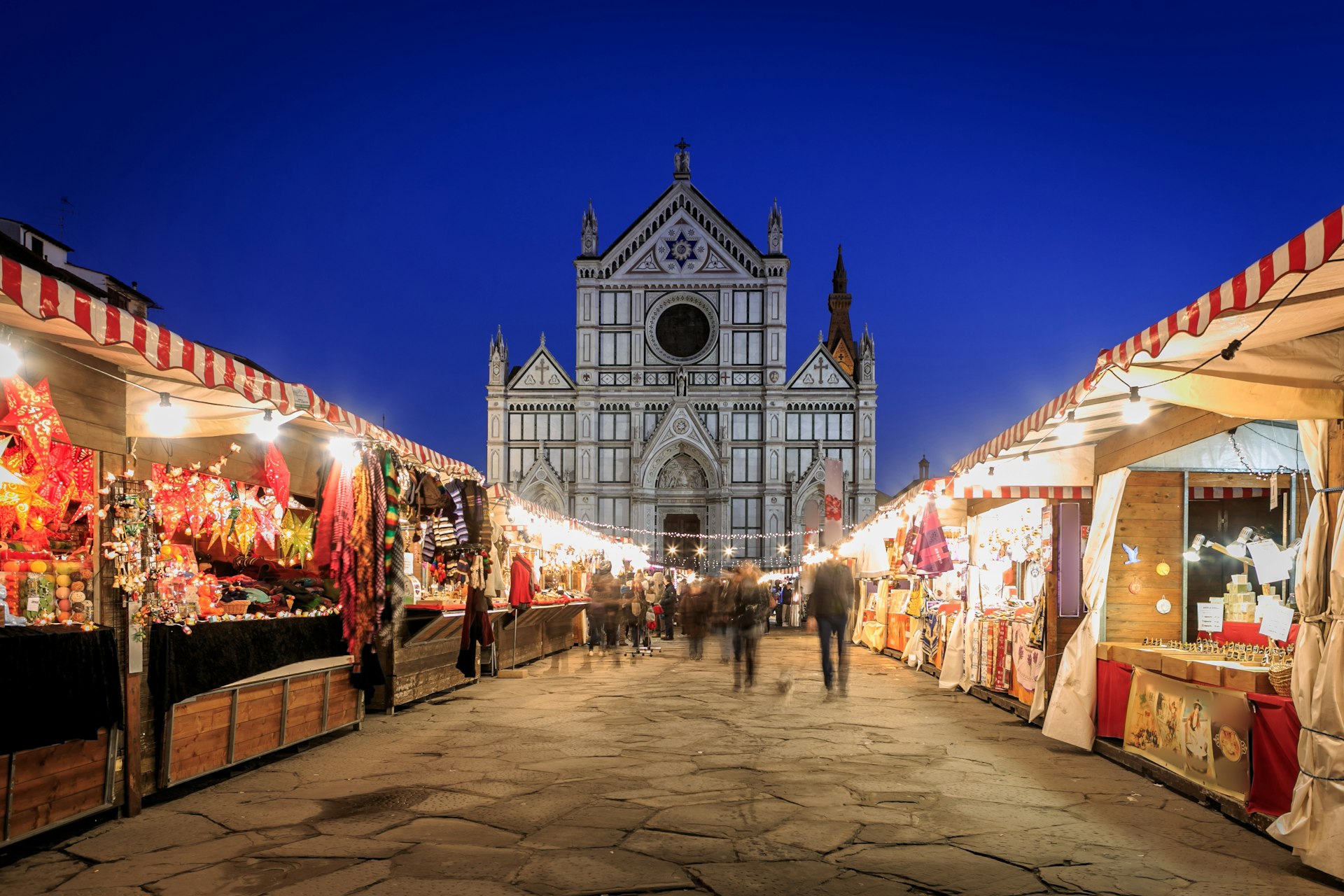
It's festive in December and there are low-season deals and discounts in January and February
With the end of autumn, the Christmas spirit takes over lighting up the city’s streets with installations and bright decorations. Artisans and food vendors set up their stalls in Piazza Santa Croce for Florence’s largest Christmas market, while Ponte Vecchio, Palazzo Vecchio and other major monuments are covered in colorful patterns during the Green Line Festival.
The action slows down after the festivities and January is typically quiet in Florence. The weather may not be appealing, but visiting in the middle of winter offers the chance to tour the museums free of crowds. Also, the Uffizi, Palazzo Pitti and the Boboli Gardens all offer discounts between January 10 and February 10, allowing access at up to half the price you would pay during the rest of the year.
Reduced tourism doesn’t mean that the city is dead. In January, Florence hosts one of Italy’s biggest fashion events: Pitti Uomo draws in designers from all over the world to the Fortezza da Basso, with many exclusive events popping up around the city during the days of the event. In February, wine producers meet at the Stazione Leopolda on the occasion of the Chianti Classico Collection, a fair organized to showcase the latest vintages of Tuscany’s best-known wine region.

